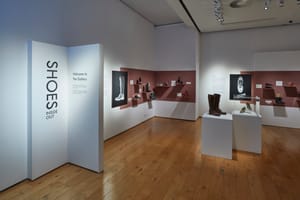As with most aspects of British culture in the 18th and 19th centuries, the British ceramics industry was significantly impacted by slavery and the Atlantic slave trade.
This article will explore how the legacies of slavery can be found in ceramic objects from this period. These objects were manufactured for the use of products grown using enslaved labour, such as sugar and tobacco.
Although today, sugar can be found almost anywhere, in the 16th and early 17th centuries it was considered a very rare and expensive product in Britain. However, this changed in the 1640s when plantation owners in Barbados began to use the enslaved labour of Africans rather than white indentured servants, as had previously been the custom, to cultivate their sugar cane. This caused the price of sugar to reduce significantly, and English imports of West Indian sugar rose dramatically as a result.
Sugar became popular through its association with hot beverages such as tea and coffee. These drinks had a naturally bitter taste but when sweetened with sugar they became much more enjoyable for British consumers. By the 18th century, tea drinking had become associated with respectability, and it became fashionable among the middle and upper classes to own beautiful ceramic tea sets which, of course, included sugar bowls.
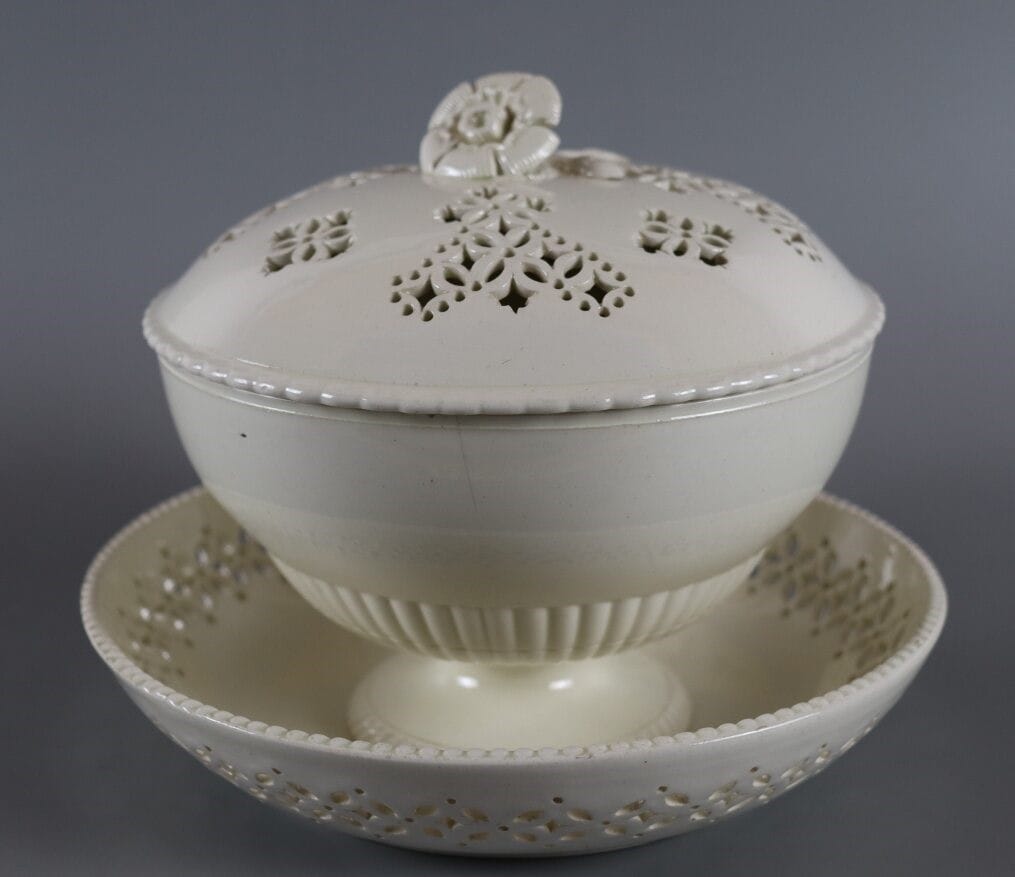
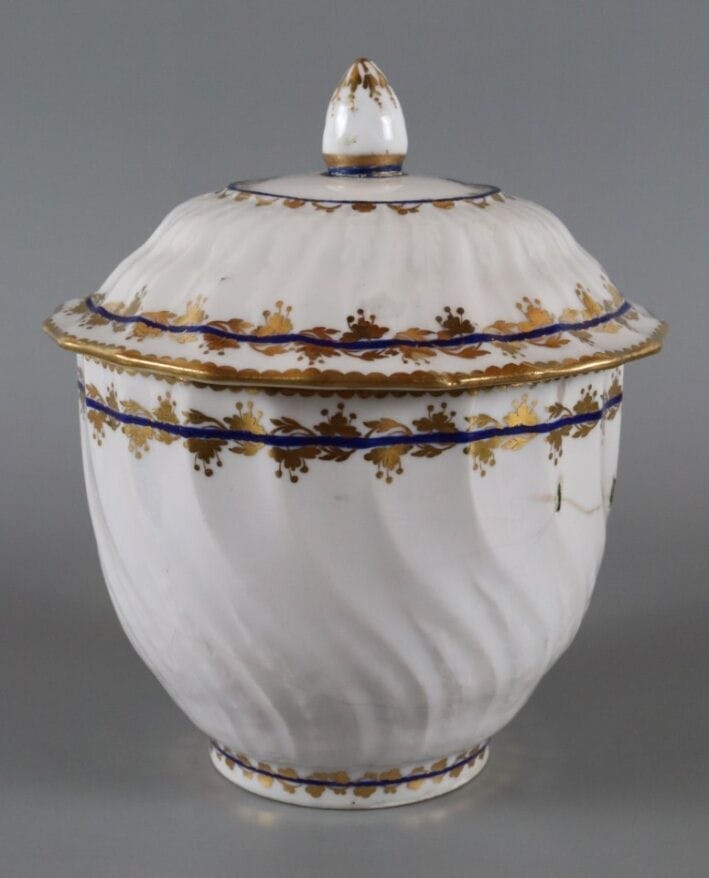
Sugar was also used in other drinks. In the 1650s, people began combining sugar, spirits, fruit, spices and water to create an alcoholic punch. The drink was popular among a range of classes of British society. It was served in large punchbowls in venues such as alehouses, inns and taverns, but was also consumed at home.
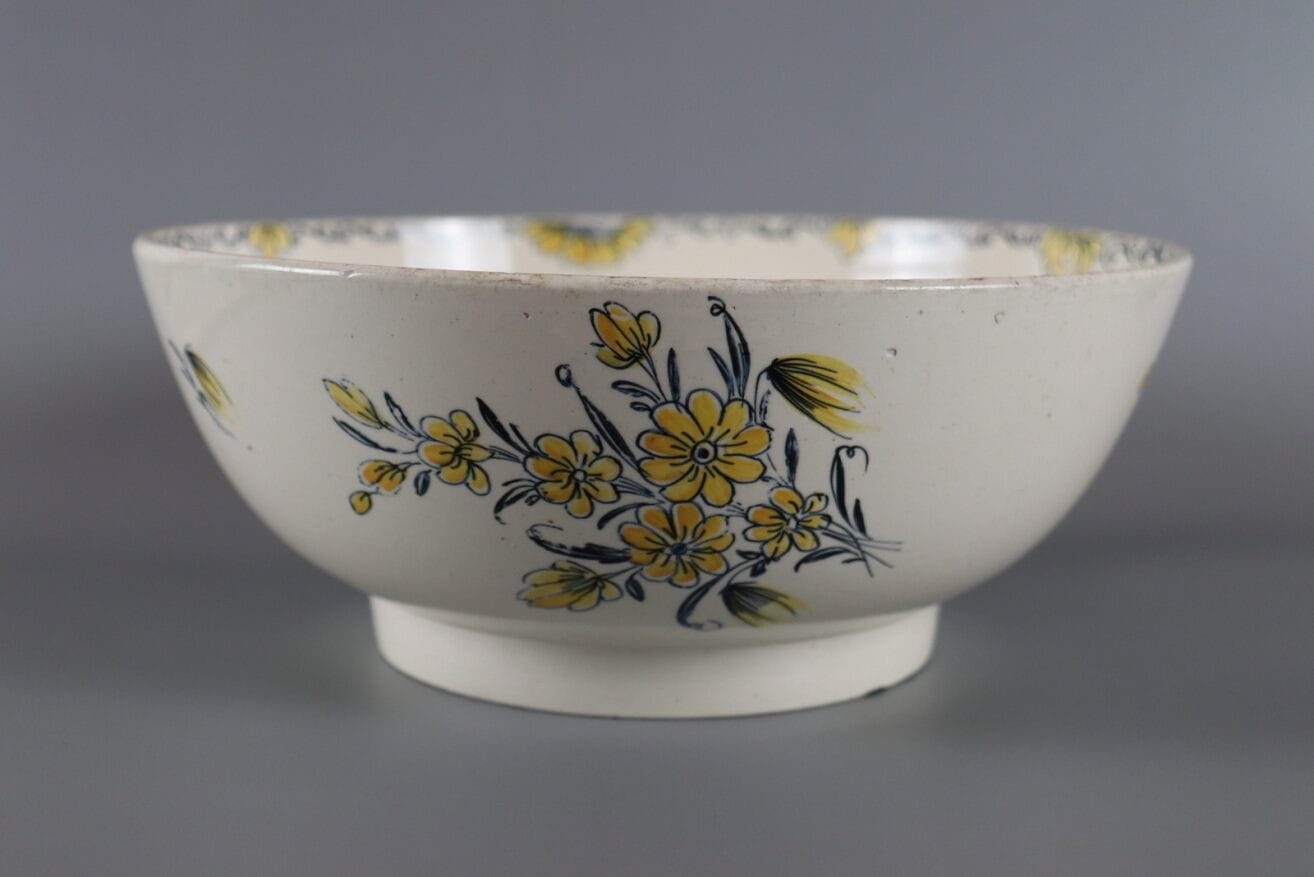
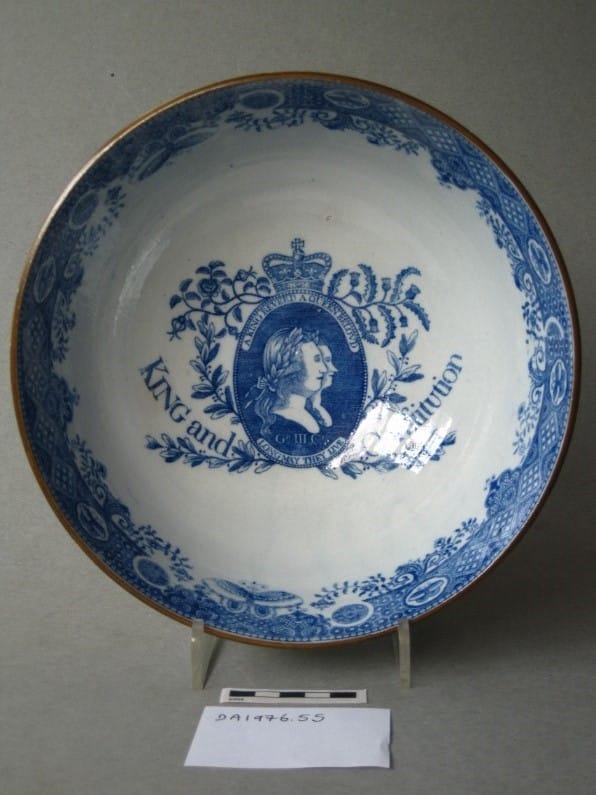
Another product grown using enslaved labour which became popular in Britain was tobacco. The plant was native to America but when the British settled in Virginia in 1607, they discovered a market for it in Britain. In the 18th century, the use of tobacco, either by pipe or by nose, became very fashionable among the middle and upper classes.
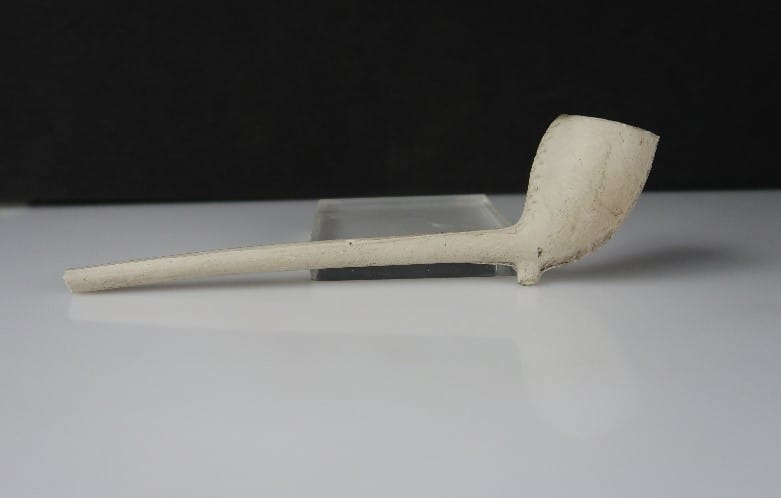
Many British tobacconists relied on the appeal of exoticism to sell their products, using images of enslaved Africans working in plantations in their adverts. The image of the enslaved African was also found on ceramics intended to be used for tobacco, such as the tobacco jar shown below.


Tobacco jar with presser, octagonal shape, with slave's head knob, made 18th or early 19th century. (AOC388)
Written and researched by Sarah Lester, Ceramics research intern, University of Southampton.
To see more of the ceramics in the collection cared for by Hampshire Cultural Trust, click the link below.





